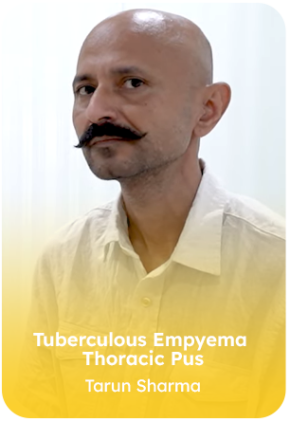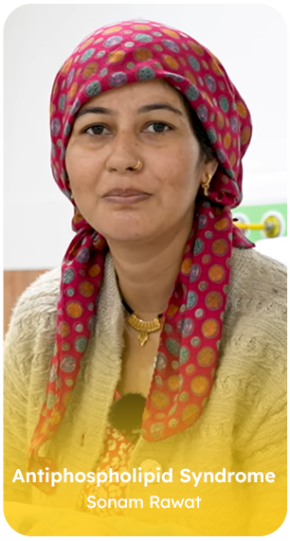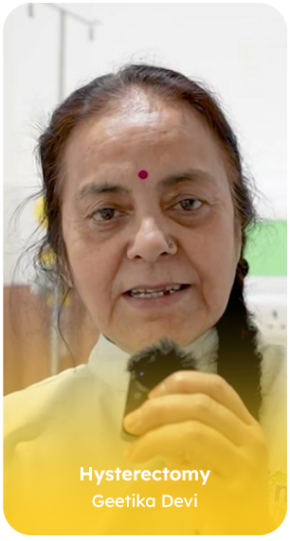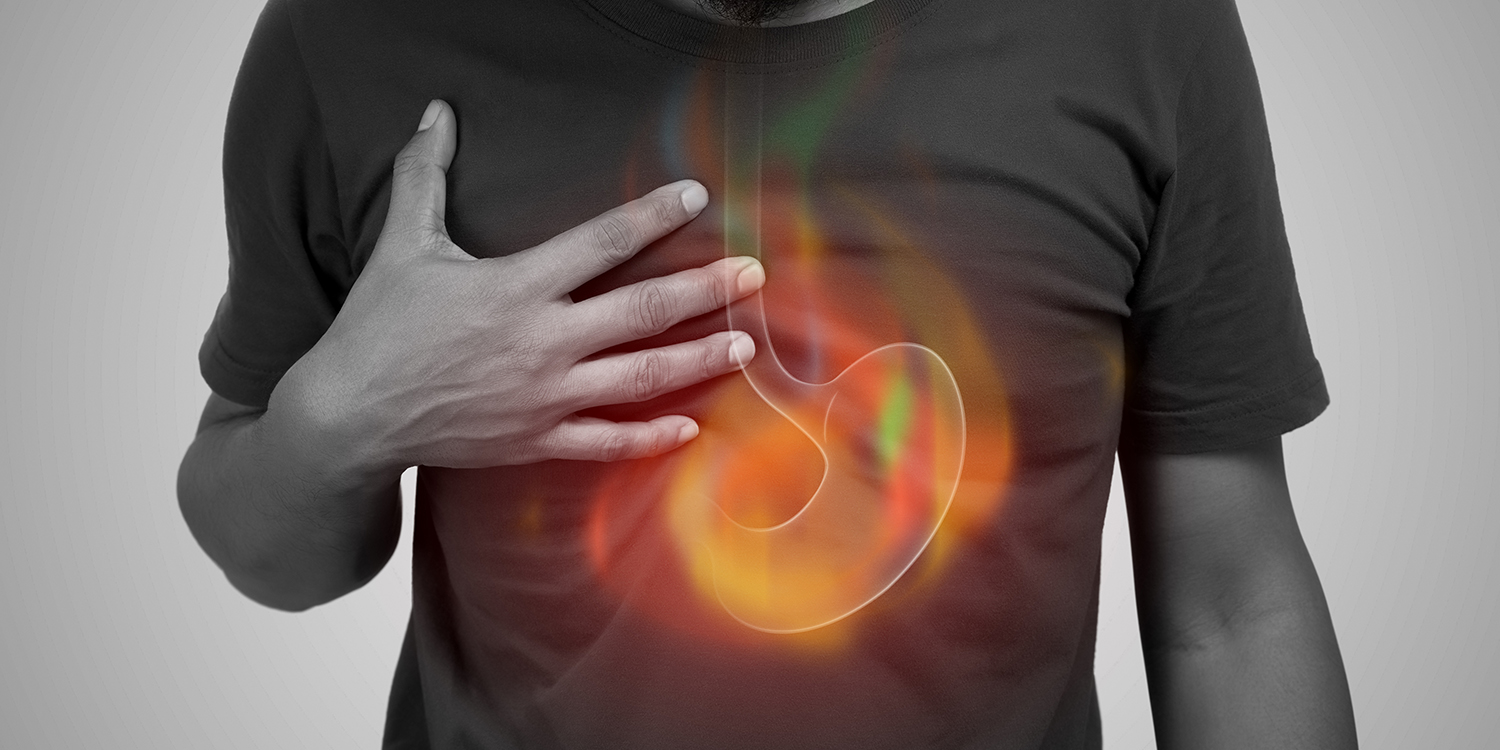Radical cholecystectomy is an advanced surgical procedure performed to treat gallbladder cancer that has spread beyond the gallbladder wall into nearby tissues. The operation involves removing the gallbladder, a portion of the liver (segments IVb and V), and surrounding lymph nodes to ensure complete tumour clearance and prevent recurrence.
At Graphic Era Hospital, Dehradun, radical cholecystectomy is carried out by a team of highly experienced hepatobiliary and onco-surgeons, supported by state-of-the-art operating theatres, advanced imaging, and comprehensive pre- and post-operative planning. With a focus on precision, safety, and post-operative recovery, our multidisciplinary approach ensures that every patient receives personalised cancer care from diagnosis to rehabilitation.
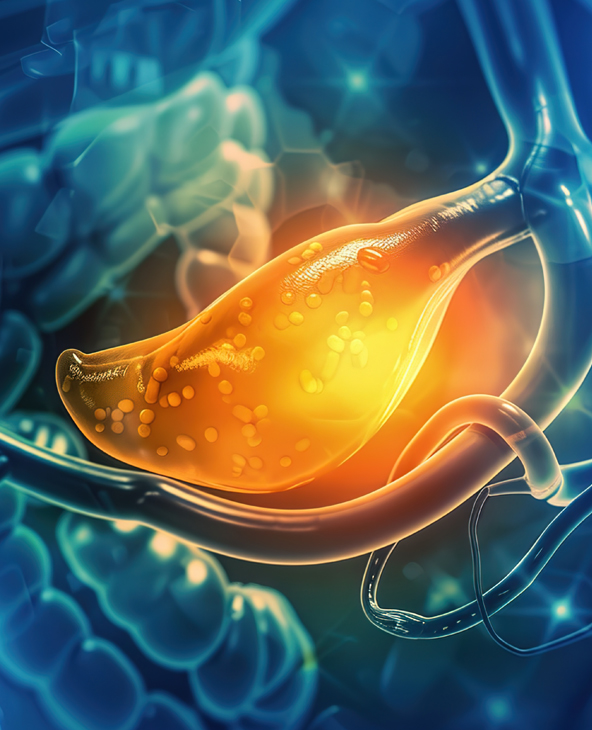
When is Radical Cholecystectomy Recommended?
Radical cholecystectomy is recommended when gallbladder cancer extends beyond the inner lining of the gallbladder and invades nearby tissues, requiring a more extensive surgical approach than a simple cholecystectomy. The goal of this procedure is to remove all cancerous tissue, reduce the risk of recurrence, and improve long-term survival. It is usually advised after detailed imaging and biopsy confirm malignancy or when cancer is unexpectedly detected during a routine gallbladder removal surgery. Common indications for radical cholecystectomy include:
- Gallbladder cancer confined to the wall or extending into nearby liver tissue
- Involvement of liver segments IVb and V adjacent to the gallbladder bed
- Lymph node spread near the bile duct or hepatic hilum
- Suspicious findings discovered during a simple cholecystectomy
- Tumour invasion into the hepatic or cystic duct junction
- Presence of bile duct obstruction caused by tumour growth
- Confirmed malignancy detected through imaging or biopsy
- Recurrence of cancer following prior gallbladder surgery
Schedule Your Appointment with
Our Expert Doctors
We are dedicated to driving lasting, positive transformation in healthcare management through innovation and patient-centered solutions.
Things to Know Before Undergoing Radical Cholecystectomy
At Graphic Era Hospital, Dehradun, every patient scheduled for radical cholecystectomy undergoes a thorough pre-surgical assessment to ensure maximum safety and the best possible outcome. Our team guides patients through each step, helping them prepare both physically and mentally for the procedure.
Before surgery, our specialists conduct a detailed set of evaluations to understand the stage of the disease and overall health status. This preparation helps us plan a precise surgical approach and reduce postoperative risks. Here’s what you can expect before the procedure:
- Comprehensive Imaging Tests: A CT scan, MRI, or PET scan is performed to assess the tumour’s size, liver involvement, and possible spread.
- Liver Function and Blood Tests: These help evaluate liver health and detect any clotting abnormalities.
- Biopsy Confirmation: When necessary, a biopsy confirms the diagnosis of gallbladder cancer.
- Pre-Anaesthesia Check: Our anaesthesia team reviews your heart, lungs, and general fitness to ensure you are ready for surgery.
- Nutritional and Medical Preparation: Diet plan and medications may be adjusted to optimise liver function before the procedure.
- Fasting and Preoperative Instructions: Patients are usually asked to fast for 8–10 hours prior to surgery for safe anaesthesia.
- Discussion with the Surgical Team: The surgeon explains the procedure in detail, including whether an open or laparoscopic approach will be used.
- Counselling and Consent: Patients and families receive full guidance about the hospital stay, recovery process, and post-surgery expectations.
Types of Radical Cholecystectomy Procedures at Graphic Era Hospital
At Graphic Era Hospital, we perform different types of radical cholecystectomy based on the stage of the tumour, its spread to nearby structures, and the patient’s overall health. Each surgery is carefully planned using advanced imaging and performed by skilled hepatobiliary and onco-surgeons to ensure complete tumour clearance while preserving healthy tissue.
The main types of procedures include:
- Standard Radical Cholecystectomy: Involves removal of the gallbladder, the adjacent liver segments (IVb and V), and nearby lymph nodes to achieve complete cancer removal.
- Extended Cholecystectomy: Recommended when cancer has spread further into the liver or bile ducts, requiring a wider excision or bile duct resection.
- Laparoscopic Radical Cholecystectomy: A minimally invasive approach suitable for early-stage cancer, performed through small incisions for faster recovery and minimal discomfort.
- Bile Duct Resection with Reconstruction: Performed when the tumour involves the bile ducts; the affected segment is removed and reconstructed to restore bile flow.
- Hepatic Resection: Partial removal of the liver tissue around the gallbladder bed if the tumour has extended deeper into the liver.
- En Bloc Resection: In advanced cases, surrounding tissues or organs affected by the tumour are removed together to ensure complete cancer clearance.
Why Choose Graphic Era Hospital for Radical Cholecystectomy?

What Happens During Radical Cholecystectomy?
At Graphic Era Hospital, Dehradun, every radical cholecystectomy is performed in a fully equipped, sterile operation theatre under general anaesthesia. Our surgical team follows a structured, step-by-step approach to ensure complete tumour removal, minimal complications, and the best possible recovery outcome.
Here’s what happens during the surgery:
- Administration of Anaesthesia: The patient is placed under general anaesthesia to ensure comfort and a pain-free experience throughout the procedure.
- Incision and Exposure: The surgeon makes a precise incision in the upper right abdomen to access the gallbladder and surrounding liver tissue.
- Removal of Gallbladder and Adjacent Liver Tissue: The gallbladder is removed along with a small portion of the liver (segments IVb and V) to ensure all cancerous cells are excised.
- Lymph Node Dissection: Nearby lymph nodes in the hepatic hilum and around the bile duct are carefully removed for pathological examination and cancer staging.
- Bile Duct Resection and Reconstruction (if required): If the tumour has extended to the bile duct, the affected part is resected and reconstructed to maintain normal bile drainage.
- Bleeding and Leakage Check: The surgical field is thoroughly inspected to ensure there is no bile leakage or bleeding before closure.
- Closure and Drain Placement: Drains are often placed to prevent fluid accumulation, and the incision is closed meticulously for optimal healing.
Safety and Recovery After Radical Cholecystectomy
At Graphic Era Hospital, patient safety and recovery are managed with the utmost care under continuous monitoring by experienced surgeons, anaesthesiologists, and nursing staff. The hospital’s advanced critical care unit and post-operative wards are designed to ensure a safe, comfortable, and closely supervised healing process. The safety and recovery process after radical Cholecystectomy include:
Hospital Stay and Monitoring
- Most patients stay in the hospital for about 5-7 days, depending on the complexity of the surgery and recovery progress.
- Intensive monitoring is provided during the first 24-48 hours in the ICU to assess vital signs, liver function, and fluid balance.
Pain and Wound Care
- Pain is effectively managed through epidural or intravenous medications for comfort.
- Surgical wounds are checked regularly, and dressings are changed under sterile conditions to prevent infection.
Recovery and Diet
- A liquid diet is usually started within 1–2 days after surgery, gradually progressing to soft foods.
- Light physical activity is encouraged to promote circulation, while strenuous work should be avoided for 4–6 weeks.
Follow-up and Surveillance
- Regular follow-ups include liver function tests, imaging (such asCT scan or ultrasound), and tumour marker assessments.
- The surgical team reviews healing, checks for complications, and monitors for any signs of recurrence, ensuring long-term cancer-free recovery.
Complications of Radical Cholecystectomy
Even though radical cholecystectomy is performed under strict safety protocols at Graphic Era Hospital, Dehradun, patients are informed about potential complications that may occur after major hepatobiliary surgery. Possible complications include:
- Bile Leakage: May occur if bile ducts are affected during surgery; managed with drainage or stent placement.
- Bleeding or Infection: Controlled through careful surgical technique, antibiotics, and post-operative monitoring.
- Liver Dysfunction: Temporary reduction in liver function may occur after partial liver resection but usually improves with supportive care.
- Injury to Bile Ducts or Nearby Structures: Prevented through precision-guided dissection and intraoperative imaging.
- Postoperative Jaundice: Can occur due to temporary bile flow changes; typically resolves with medical management.
With advanced imaging, precision surgical methods, and continuous monitoring, Graphic Era Hospital’s surgical and critical care teams work together to minimise these risks and ensure safe recovery for every patient.
Top Gallbladder and Hepatobiliary Surgeries at Graphic Era Hospital
- Extended Cholecystectomy
- Laparoscopic Cholecystectomy
- Bile Duct Resection and Reconstruction
- Hepatic Resection
- Pancreatic and Biliary Surgery
Top Procedures
- Peroral endoscopic myotomy (POEM)
- EUS-guided Hepaticogastrostomy (EUS-HGS)
- Endoscopic Mucosal Resection (EMR)
- EUS-Guided Gastrojejunostomy
- Endoscopic Submucosal Dissection (ESD)
- Lumen-Apposing Metal Stent (LAMS)
- Full-Thickness Resection Device (FTRD) Procedures
- EUS-Guided Gastric Coil Embolization
- EUS-Guided Antegrade Stenting (EUS-AGS)
- EUS-guided Choledochoduodenostomy (EUS-CDS)
- Metal Stent Placement
- Laparoscopic Cholecystectomy
- Z-POEM (Peroral Endoscopic Myotomy)
- Gallbladder Cancer Surgery (Laparoscopic & Open)
- Gastric Cancer Surgery (Gastrectomy)
- Laparoscopic Sleeve Gastrectomy
- Gastric Bypass Surgery
- Laparoscopic Appendectomy
- Laparoscopic Splenectomy
- Splenorenal Shunt Surgery
Patient Stories
Blog
Frequently Asked Questions (FAQs)
How can I find the best hospital for radical cholecystectomy near me in Uttarakhand?
Graphic Era Hospital in Dehradun is recognised for its expertise in hepatobiliary and gallbladder cancer surgeries. With experienced surgeons, advanced imaging, and a multidisciplinary care team, it provides safe and effective surgical management for all stages of gallbladder cancer.
What is the difference between simple and radical cholecystectomy?
A simple cholecystectomy involves only the removal of the gallbladder, usually for gallstones or inflammation. A radical cholecystectomy, on the other hand, removes the gallbladder along with a portion of the liver and surrounding lymph nodes to ensure complete removal of cancerous tissue.
Is radical cholecystectomy major surgery?
Yes. It is considered a major surgery because it involves removal of multiple structures around the gallbladder and requires general anaesthesia, careful liver dissection, and post-operative monitoring.
How long does it take to recover from radical cholecystectomy?
Most patients resume light activity within four to six weeks after surgery. Full recovery depends on overall health, cancer stage, and whether any additional treatments such as chemotherapy are required.
What is the cost of radical cholecystectomy surgery in Dehradun?
The cost varies depending on the surgical approach (open or laparoscopic), the extent of liver or bile duct involvement, and post-operative care requirements. Graphic Era Hospital offers transparent and affordable pricing for all hepatobiliary surgeries.
Can gallbladder cancer recur after radical cholecystectomy?
While the goal of the surgery is complete tumour removal, recurrence can occur in advanced cases. Regular follow-up appointments, imaging scans, and tumour marker monitoring are essential to detect any early signs of recurrence.
How is life after radical cholecystectomy?
Most patients lead a normal, healthy life after recovery. The liver compensates for the small portion removed during surgery, and with proper diet, exercise, and follow-up care, long-term outcomes are excellent.
Is there a hospital near me in Dehradun that performs radical cholecystectomy?
Yes. Graphic Era Hospital in Dehradun specialises in radical cholecystectomy for gallbladder cancer. The hospital combines expert surgical care with advanced technology and personalised recovery plans to ensure the best possible outcomes for every patient.
